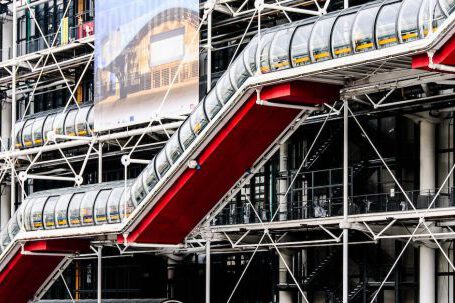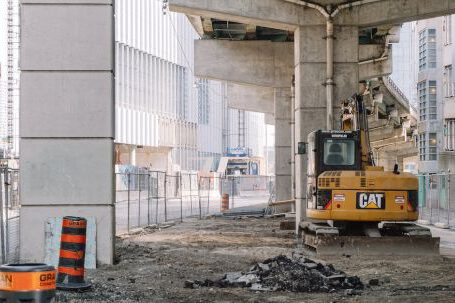High-rise construction has come a long way since its inception in the late 19th century, when the tallest buildings were no more than ten stories high. As such, the introduction of lifts or elevators revolutionised the industry, allowing for the construction of taller, more ambitious structures. This article will explore how lifts have transformed high-rise construction over the past century, from the development of new technologies to the impact on safety and design.
History of Lifts
The first lifts were steam-operated, invented by Elisha Otis in 1854. These were designed to prevent the carriages from falling if the cable snapped, using a ratchet system. A few years later, hydraulic lifts were introduced, which used pressurised water to move the carriages. These were much quieter and smoother than steam-powered lifts, and soon became the most popular design.
In the late 19th century, electricity made its way into the lift industry. Electric-powered lifts were much faster and more efficient than steam-powered and hydraulic lifts, and allowed for the development of taller buildings.
The Impact on High-rise Construction
The introduction of lifts changed the way we think about and construct high-rise buildings. Before the advent of lifts, most buildings were no more than 10 stories high, as it was too difficult and dangerous to get to the upper floors. But with the introduction of lifts, engineers were able to build taller and taller buildings, and soon structures such as the Empire State Building, the John Hancock Center, and the Burj Khalifa began to dominate skylines all over the world.
Modern lifts have allowed for the construction of even taller buildings, with the introduction of double-deck lifts and ultra-high speed elevators. Double-deck lifts are capable of carrying twice as many passengers as a regular elevator, and are especially useful in high-rise buildings where there is a need to move large numbers of people quickly and efficiently. Ultra-high speed elevators can reach speeds of up to 75mph, allowing passengers to travel up to 1000 feet in just a few seconds.
Safety and Design
The introduction of lifts has had a significant impact on the safety and design of high-rise buildings. In addition to allowing for the construction of taller buildings, lifts also make them much safer. Thanks to the technology of emergency brakes and sensors, the chances of a lift malfunctioning and falling are slim.
Furthermore, lifts have enabled architects and engineers to design more aesthetically pleasing buildings. Instead of having to design buildings with hundreds of staircases, architects can now design buildings with lifts, allowing for the creation of more creative and unique structures.
Conclusion
Lifts have revolutionised high-rise construction, allowing for the construction of taller and more ambitious buildings. They have also had a significant impact on safety and design, making high-rise buildings safer and more aesthetically pleasing. As technology continues to develop, lifts will continue to transform the way we think about and construct high-rise buildings.






